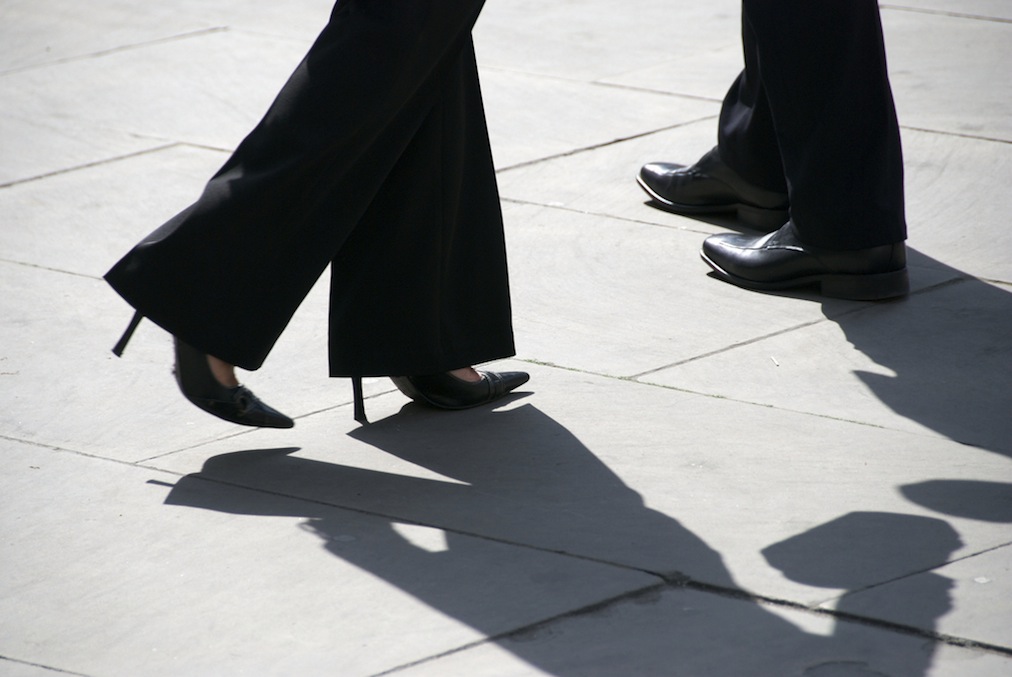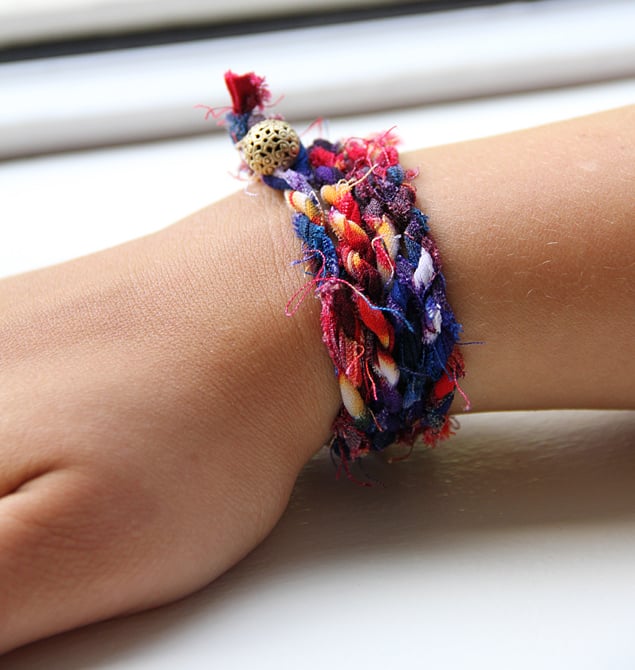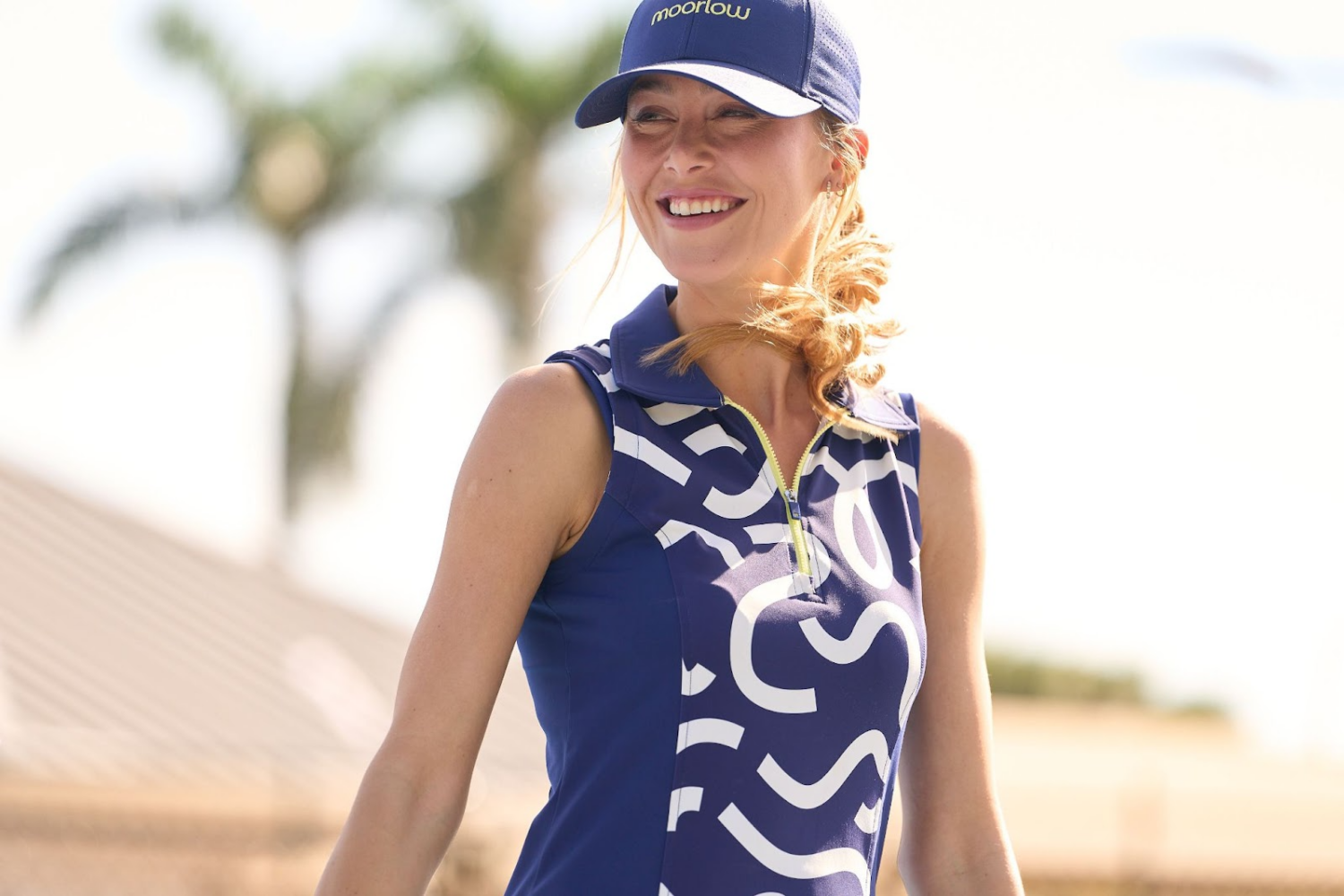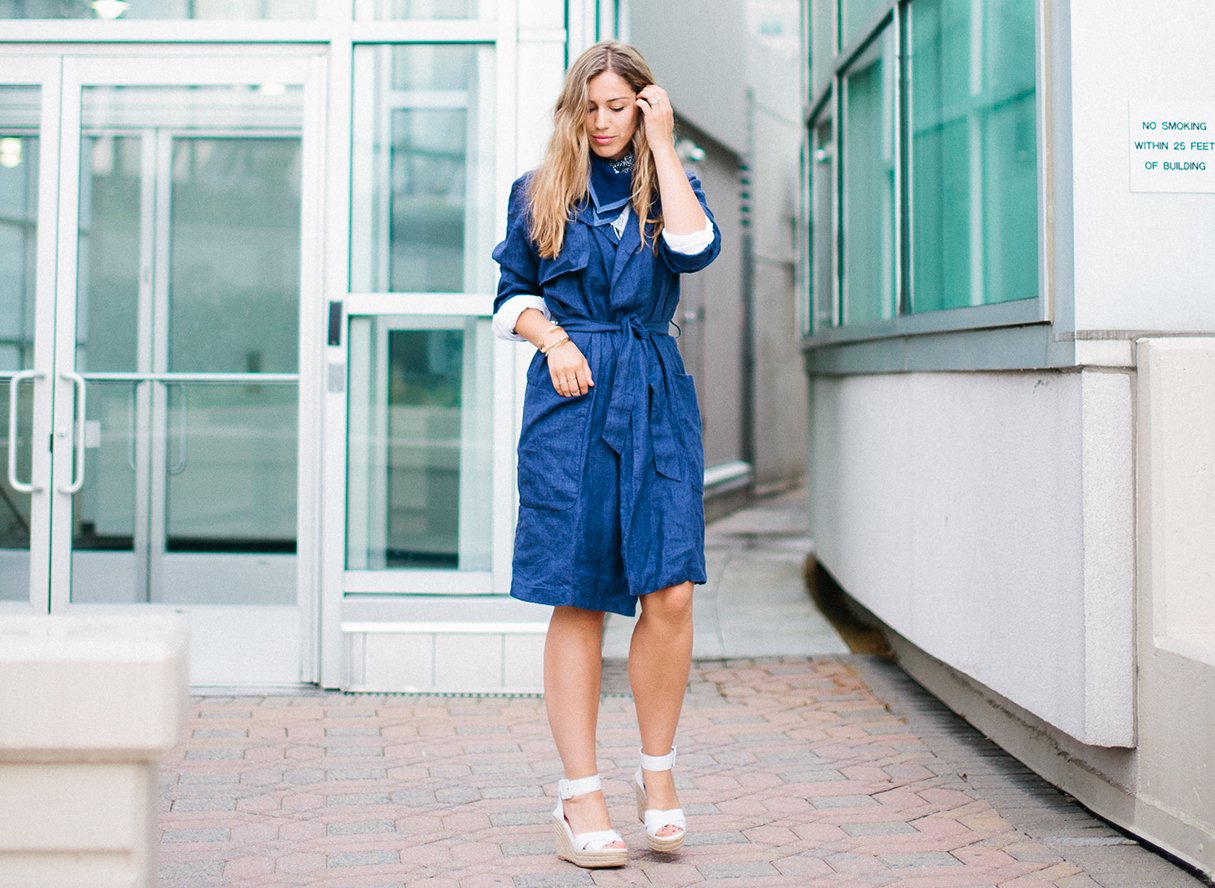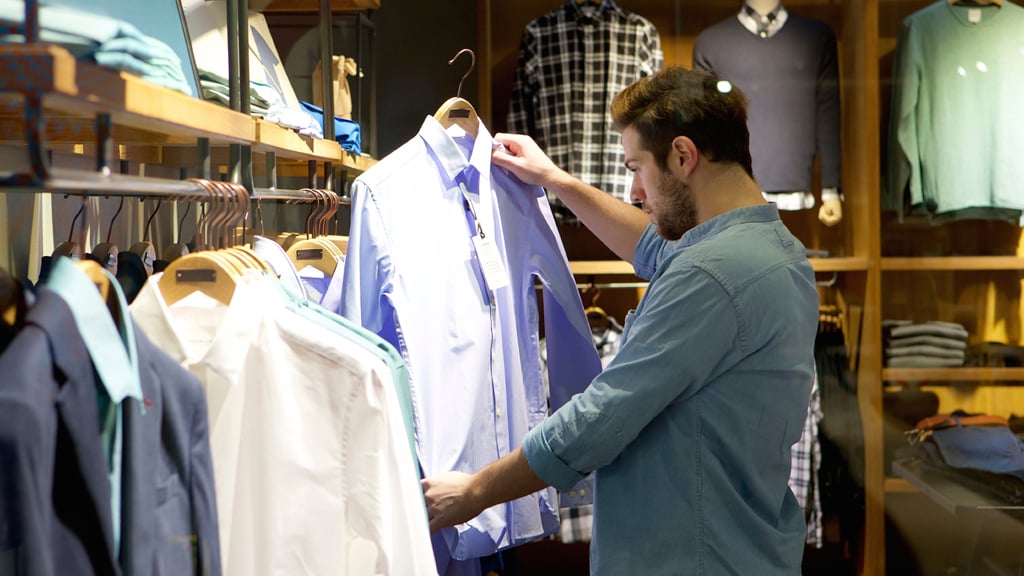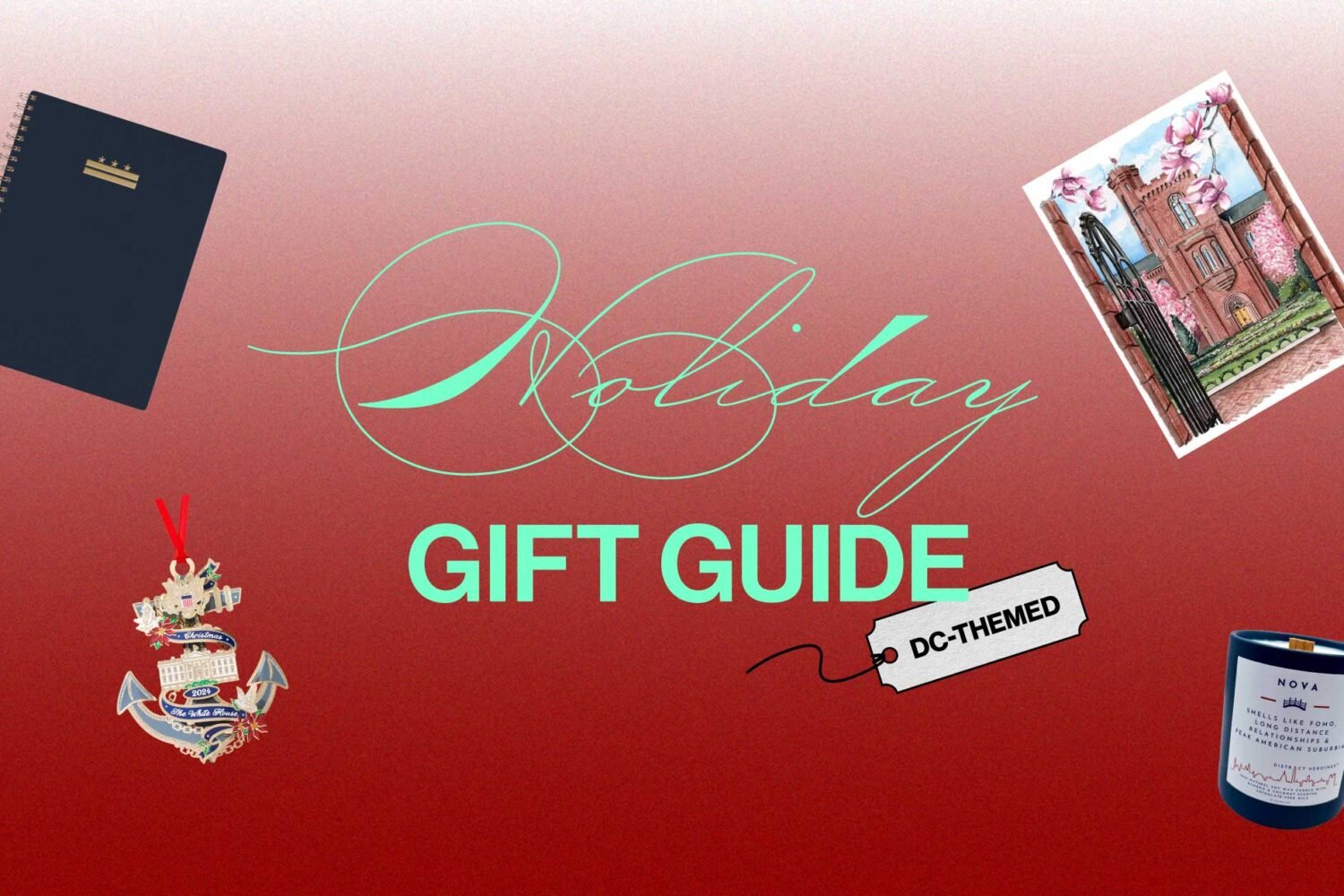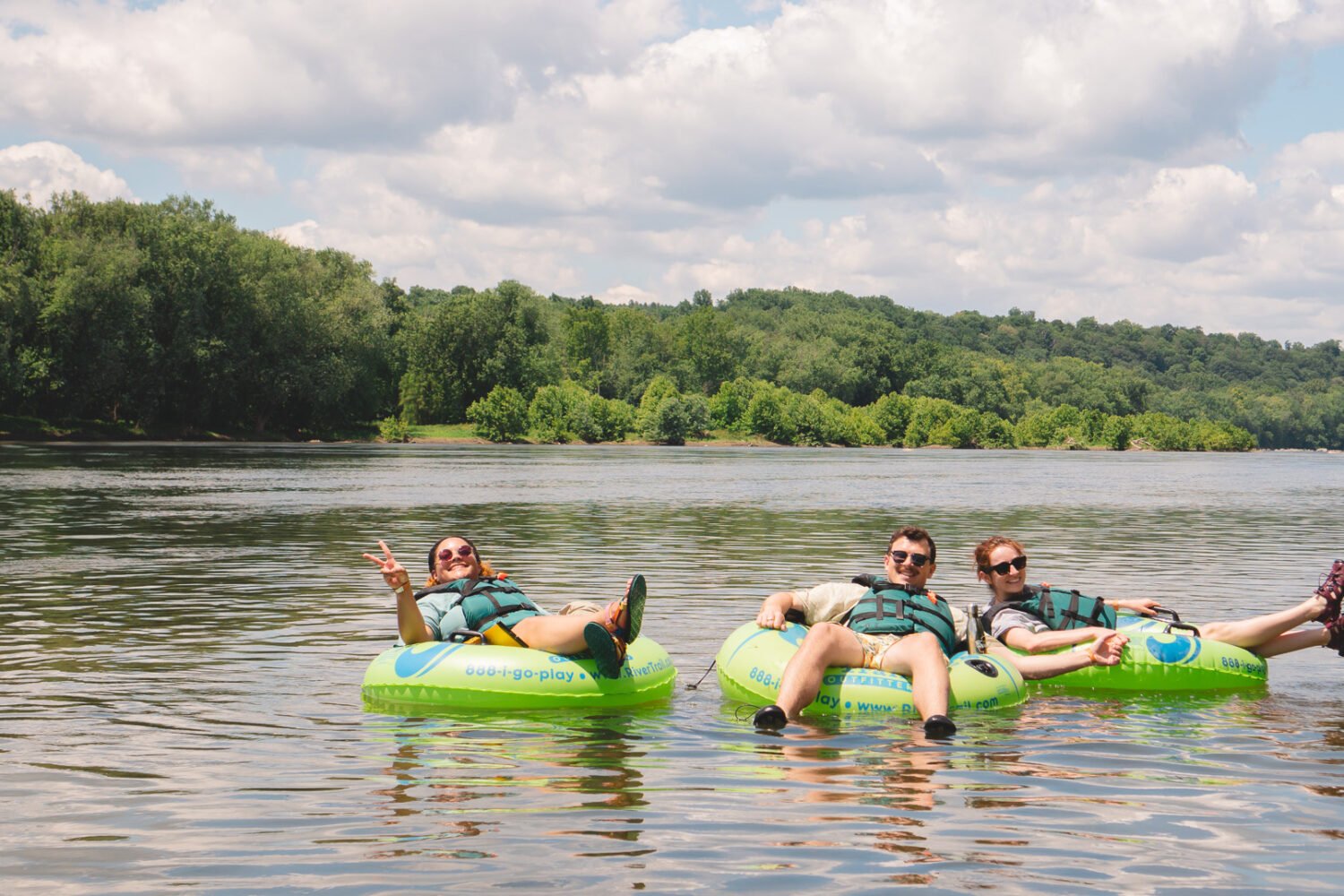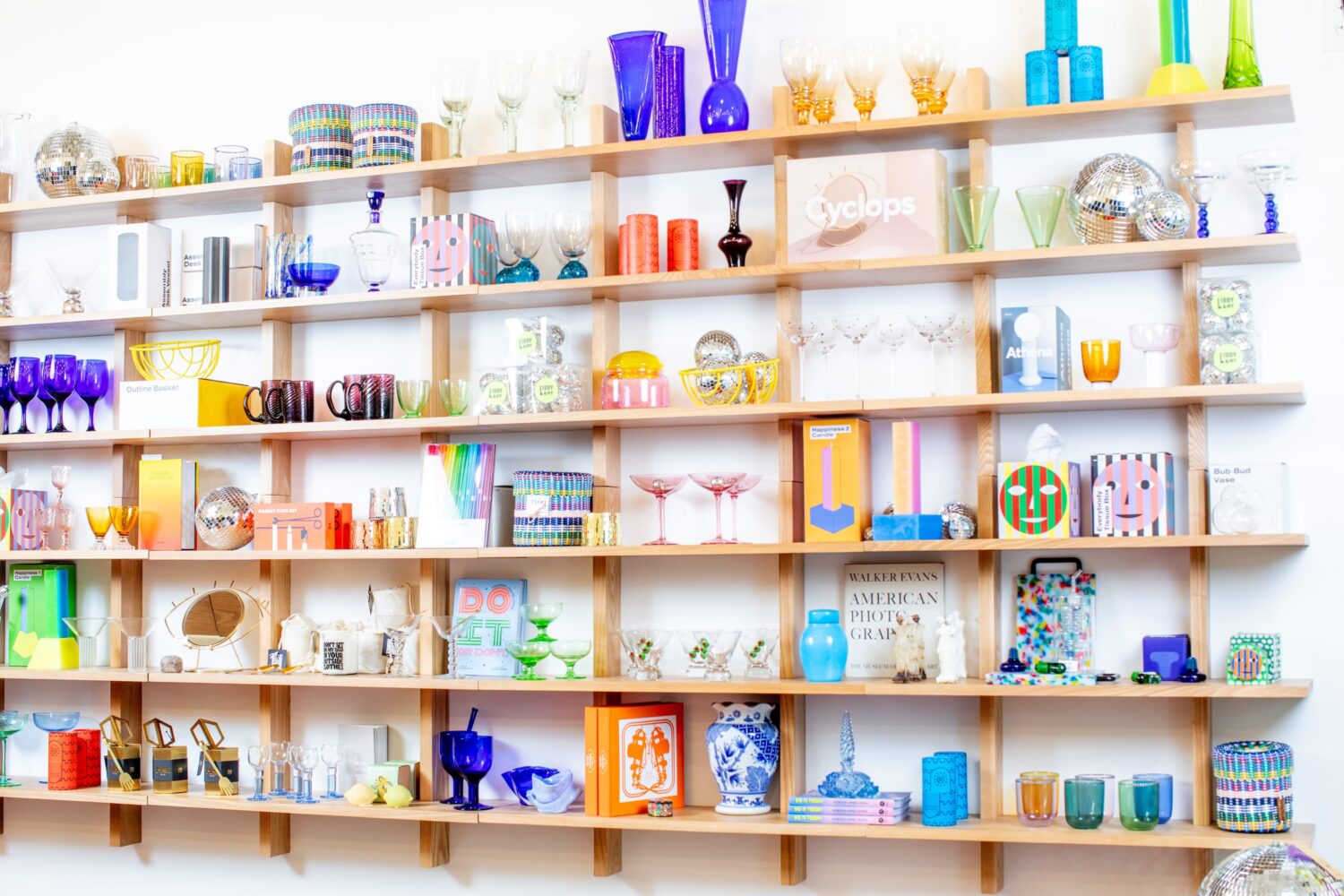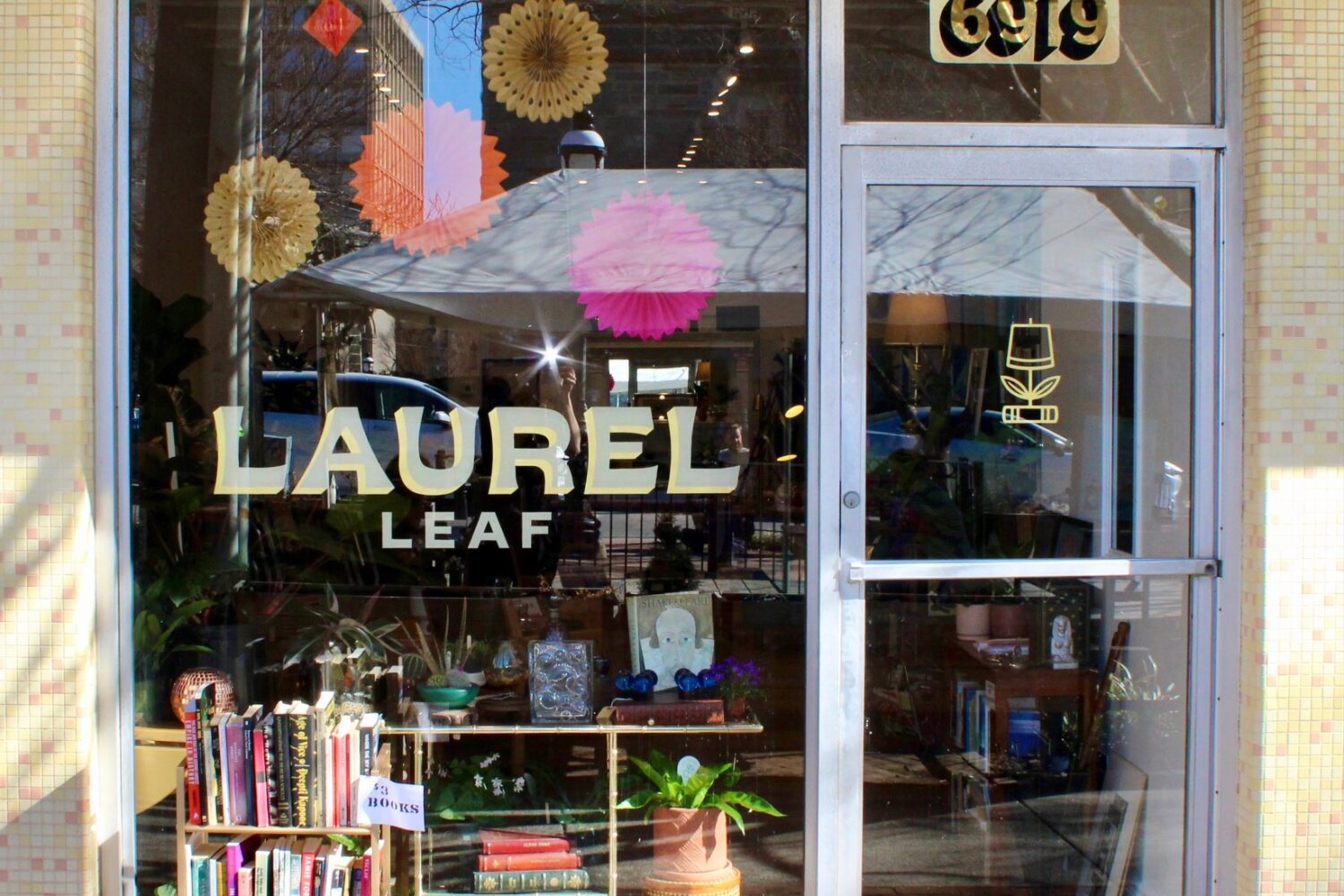The winter months are rough on footwear–rain and snow and sidewalk salt, along with the general wear and tear of pavement strolling to and from Metro, can eat away at leather shoes. Sick of constantly replacing our heels and boots, we got in touch with Rudi Shafakian of DC’s M&M Cobblers Bench to get his insights on shoe repair, and what we can do to avoid totaling our favorite footwear this winter.
Invest in sole protectors–especially if your soles are leather.
“One of my biggest sellers are sole guards. They get installed on the bottom of the sole to help make the soles last longer,” says Shafakian. “It’s cheaper than waiting for the sole to wear off and replace the sole, and it prevents any damage that can occur due to the sole being worn down too much.”
If you don’t want to cover those pretty leather soles, don’t wear them in the rain.
“Rain and snow will do the most damage to the uppers of the shoes, as well as leather soles,” says Shafakian. “If you have shoes with a leather sole and do not want to put a rubber sole protector on them then please do not wear them when it is wet outside. They will get ruined!”
Don’t wait until your heels or soles are completely worn down to get them repaired–it’ll only cost you more.
“It is always best to replace heels, and soles for that matter, before it gets too bad,” says Shafakian. “A lot of times customers will wait until they see that the rubber heel has popped off, but when you’re working with those thin, pointy, stiletto heels, damage to the heels after the rubber has worn off could result in a loss of height in the shoes because they are made of plastic. Also, the more damage there is to a shoe, the more expensive it will be when it’s time to get them fixed.”
If you are going to scuff up your shoes, pick your black leather pairs to abuse.
“When there is damage to the uppers of a shoe, it’s not something that can be replaced most of the time,” says Shafakian. “Rips in leather is like a rip in your jeans. You can patch it, but you cannot make it so it was never there. That being said, black leather will be the easiest to work with because I can make it so it’s almost invisible.”
In terms of sturdiness, rubber wins. But that doesn’t mean you should only buy shoes with rubber soles.
“Rubber soles will give you a longer lasting sole, but I would concern myself more with the shoes themselves and not worry so much about the soles,” says Shafakian. “Typically shoes with leather soles are well-made shoes, and we can put a rubber protector on those shoes. You won’t see a pair of Christian Louboutin shoes with rubber soles when you buy them, but I am constantly putting a thin red rubber sole on them to protect the soles and to keep the red color from scratching off every time you wear them.”
For your suede shoes, keep a spray can of water protector handy.
“I always advise people to get a can of the spray to keep at home and to treat your shoes with them–especially suede and light colored shoes, or purses that can be exposed to the elements,” says Shafakian.

